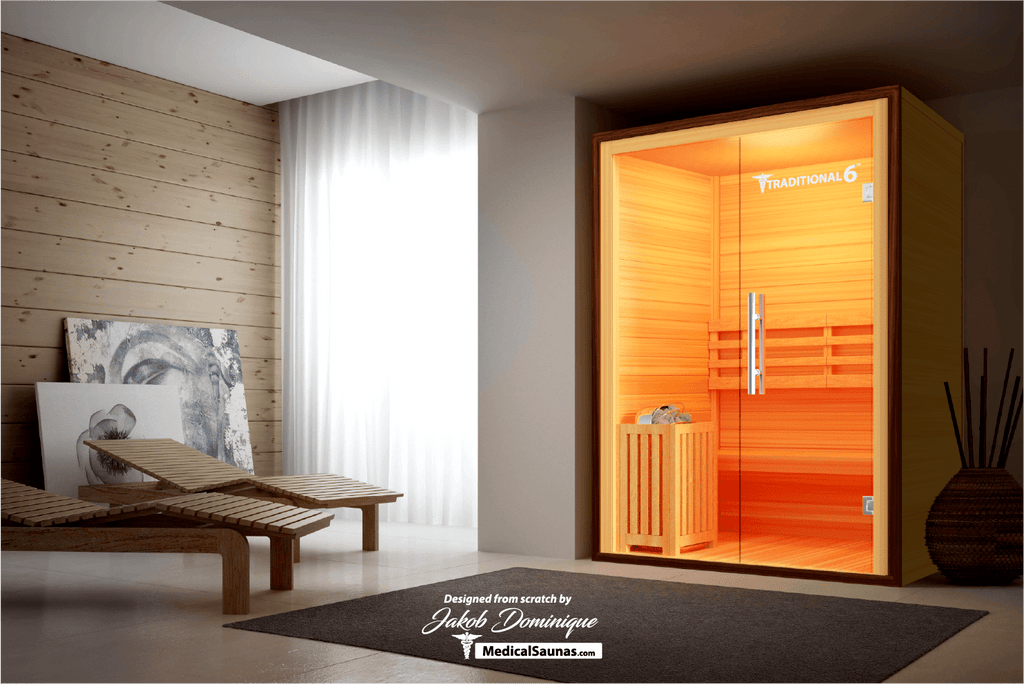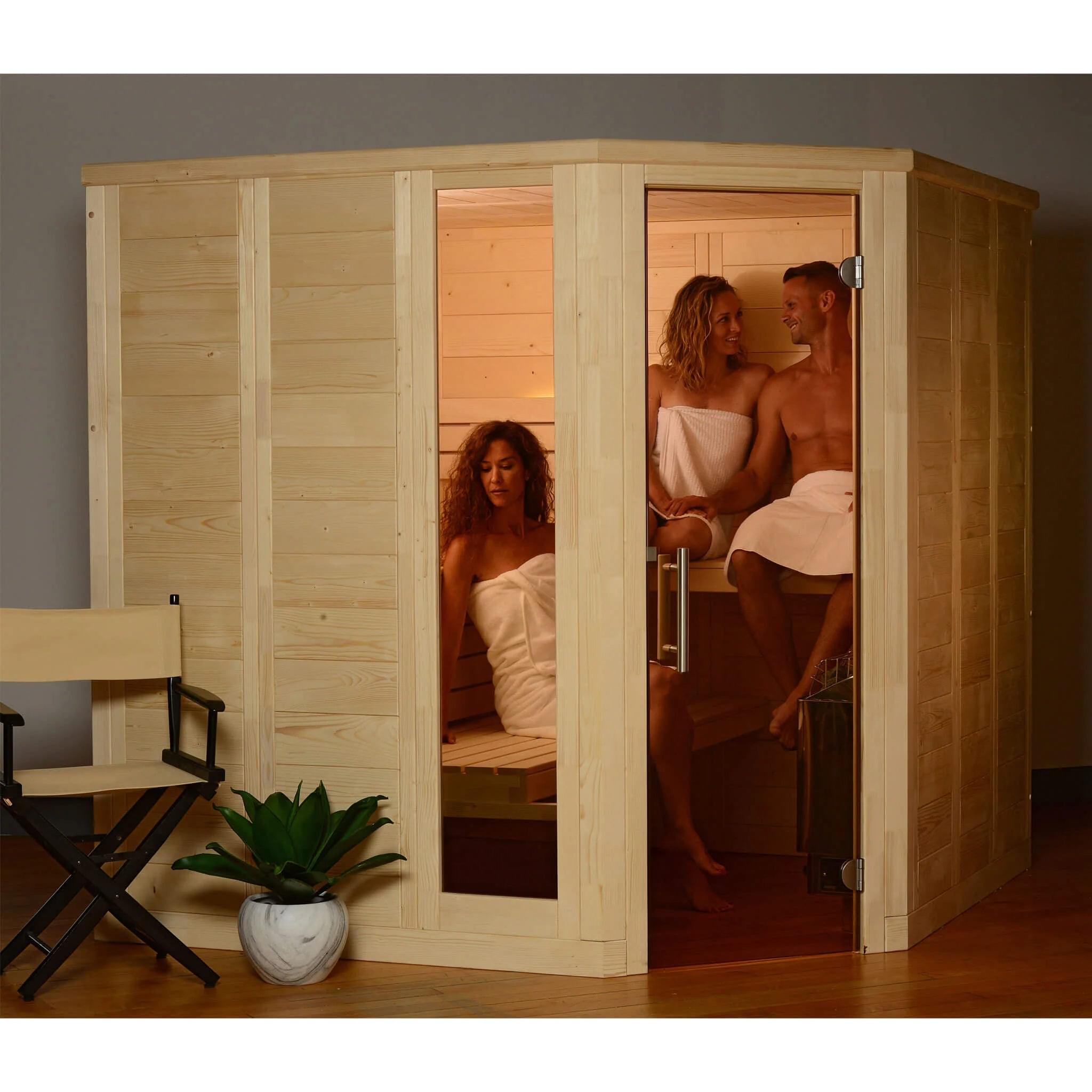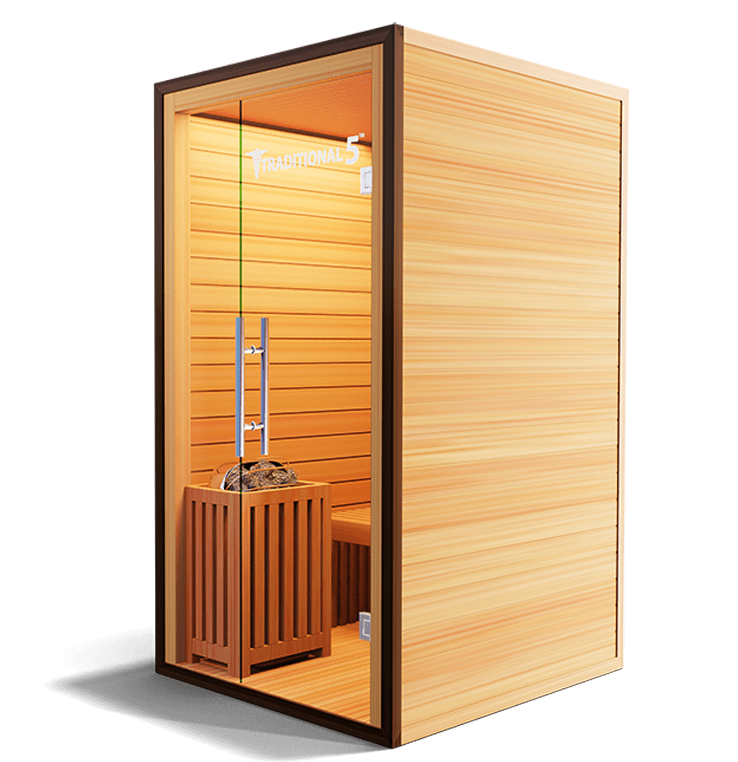The 30-Second Trick For Traditional Sauna
The 30-Second Trick For Traditional Sauna
Blog Article
Traditional Sauna Fundamentals Explained
Table of ContentsSome Known Details About Traditional Sauna Not known Factual Statements About Traditional Sauna Traditional Sauna for BeginnersRumored Buzz on Traditional Sauna5 Easy Facts About Traditional Sauna Explained
Most of the weight lost in a sauna is water loss and is re-gained upon rehydrating. Without a question sauna can be a vital component of a healthy and balanced weight loss program. To consider the distinctions in between typical and IR saunas, I will certainly divide these right into verifiable, academic, and made distinctions.Hence, the best factor in the saunawhich goes to the ceiling straight above the sauna heateris normally in between 185 and 190 F. Claims that a traditional sauna exceeds 200 F is merely not real and not relevant for electrical saunas marketed in the US. The temperature for a far-infrared sauna is typically set between 120 and 140 F; however, unlike the traditional sauna, the goal in and IR room is not to accomplish a heat.

When a standard sauna has been effectively heated up, the sauna wall surfaces are warm, the air temperature level has attained set temperature level and the rocks are very warmed. As a fascinating side note, the warmed walls and the rocks are producing far-infrared warmth, integrated with the warmed air, to create an "covering warmth".
Some Of Traditional Sauna
When the high temperature is attained, the elements cycle on and off to preserve the high temperature level. Many standard sauna customers appreciate pouring water over the rocks to produce vapor to raise sauna humidity levels. The advantages of putting water over the rocks consist of: making the room much more comfortable, dampening the nasal flows, and permitting the use of aromatherapy by mixing necessary oils with the water.

When the power gets in the body, it creates the body temperature level to raise and ultimately results in perspiration. In an infrared sauna it is necessary for the emitters/heaters to remain on virtually constantly. Given that there is no mass of rocks to retain warm, the sauna will cool down if the emitters closed off.
Traditional Sauna Can Be Fun For Everyone
As discussed over, the sauna bather in an infrared space wishes to place himself in front of operating emitters to obtain maximum take advantage of the warm. The home heating time for both rooms can be really different, relying on exactly how the rooms are utilized. For a typical sauna, a bather must allow 30-40 mins Full Article for the room to attain a desired temperature level and to appropriately pre-heat the rocks.

A well constructed sauna will normally achieve a temperature level of 150-160 F in concerning 30-40 minutes. For hotter temperatures, the space may require to warmth for a longer duration.
To some, 15 mins was "wasted" while the infrared energy heated up the wood panels instead than heating up a body, while others locate a pre-heated area to be extra comfy and think a raised beginning temperature level is necessary to begin perspiring. The length of recommended use for each room is approximately the same (10-15 minutes per session); however, due to the lower air temperatures and the capability to feel the effects of infrared heat faster than a conventional sauna, it is not uncommon for a person to invest a total amount of 20-30 mins in an infrared sauna.
The Ultimate Guide To Traditional Sauna

The average price per kWH of electrical power in the united state is approximately $0.11, so a 4.5 kW heating unit will certainly cost around $.50 to compete one hour, if the heater runs continually for one hour. Usually a sauna heating system will run for 75% of the initial hour and 50% of subsequent hours on because the aspects cycle once the established temperature is attained.
A two individual far-infrared space is generally physically smaller than a typical sauna, frequently regarding 4' x 4' or smaller sized. The IR heater is usually 1.5-1.7 kW utilizing a 120 volt 15 amp plug-in service. Given that the room can be used quicker than a sauna space, we will certainly think the area is used for to of an hour including warm up time.
There is a hardly ever discussed difference in the social experience between the two rooms. While our society has actually shed several of the social advantage of the typical sauna experience, it can be very socially rewarding (Traditional Sauna). From family time in the sauna, to heart-felt conversations with better halves, to sauna partiesthe traditional sauna experience can lead to intimate socializing
Traditional Sauna Fundamentals Explained
A lot of higher end infrared areas include tinted light therapy, sound systems and full-glass fronts.
Report this page